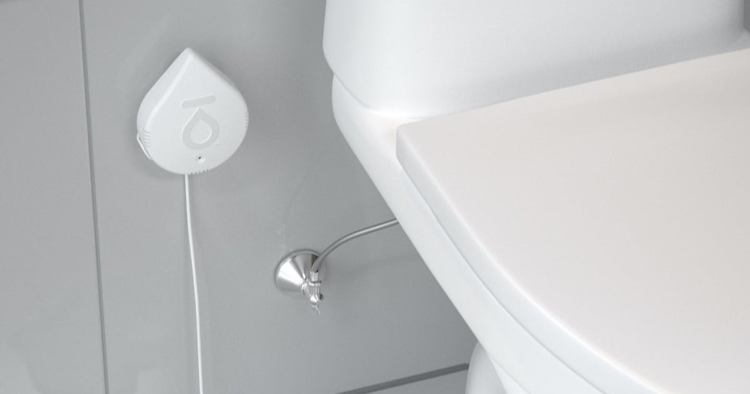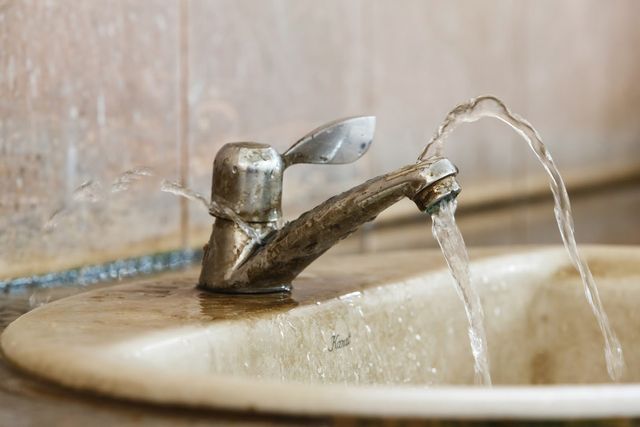Bathroom Water Leaks: Understanding Detection and Repair Techniques
Bathroom Water Leaks: Understanding Detection and Repair Techniques
Blog Article
Everyone may have his or her own concepts on the subject of How to Check for Bathroom Leaks.

Washroom leakages are annoying as they disrupt your day's strategy. They differ in intensity relying on the source of the leak. Yet, you have to prioritize them, as they can quickly intensify. It is an alleviation that the majority of washroom leakages are very easy to detect as well as take care of, with marginal price effects.
Having a water leakage in shower room can be demanding to the house owner. However taking care of the leak becomes an easy problem if you know what to do. So, this post is important as a home overview to finding as well as fixing a water leakage in restroom. It does not change the requirement for professional expertise. The write-up works as a "emergency treatment" when you need an emergency situation action to a water leak in washroom.
Discovery and Fixing of Water Leakage in Restroom
Water leakage in restroom commonly arises from plumbing as well as pipeline faults. There are numerous kinds of shower room leaks. You may require a standard understanding of these leakage kinds to spot the water leakage in washroom. Here are the typical washroom leaks as well as deal with suggestions:
Sprinkle Leaks
These often result from water splashing on the washroom floor from the bathtub. It issues of using a poor shower curtain or worn tub lining. It damages the shower room flooring and also might cause rot to wooden floors as well as shower room doors. The water generally swimming pools around the bath tub or shower. This might result in even worse shower room damages without punctual handling.
What to Do
If the leak has damaged the washroom flooring or door, you might require to alter these to avoid additional damages. The great news is that you can involve a plumbing professional to aid with the washroom fixing.
Commode Leaks
Sometimes, water leaks from the toilet as well as swimming pools around the commode base. It is an eyesore in the washroom and requires punctual attention.
What to Do
You only require to tighten them if there are loose screws between the tank and bathroom. Occasionally you might need to reapply wax on the gasket or call a shower room leakage expert to change worn or damaged components.
Clogged Restroom Sinks
Often, the water leak in restroom arises from sink clogs. This is commonly a nuisance to property owners and also may be undesirable. Clogs may arise from the build-up of soap scum, hair particles, or particles that obstruct the drain. It is very easy to deal with blockages, as well as you might not require professional skills.
What to Do
You can use a drainpipe snake to get rid of the particles in the drain and also let the stationary water flow. Drain pipes cleaners are additionally offered in stores and also are easy to use. A plunger is also handy in clearing your drainpipe. It is a typical house tool and is available in helpful in getting rid of aggravating clogs in sinks as well as drains pipes.
Verdict
Water leakages in the shower room are preventable occasions in the house. When they do, fix them immediately, or engage the services of a specialist.
The short article serves as a "first aid" when you need an emergency situation response to a water leakage in washroom.
Water leakage in washroom commonly results from pipes as well as pipe mistakes. You may require a standard expertise of these leakage kinds to find the water leak in bathroom. It harms the shower room floor and also might trigger rot to wooden floorings and washroom doors. Often, the water leak in washroom results from sink blockages.
Tricks for Locating a Water Leak in Your Bathroom
Run a Test Using Your Water Meter
One of the clearest indications of a leak in your household is if there’s a sudden unexplained increase in the water bill. For the most part, your water usage shouldn’t change too much from month to month, so a sudden surge is a surefire warning sign.
For further evidence of a leak, Bob Vila recommends this simple test. First, "turn off all the water faucets in your home, and make sure the washing machine and dishwasher are not running." Go to your water meter and look over the reading. After two hours, see if there is a change in the reading. If there is, you've definitely got a leak on your hands and it may be coming from your bathroom!
Test The Toilet
Toilets are among the leading culprits when it comes to unexplained leaks. The rubber stopper (knowns as the flapper) that separates the tank from the bowl can become brittle over time, creating a leak. If you have a toilet that periodically runs on its own for a few seconds, this is probably why.
To confirm your suspicions, put a couple of drops of food coloring into the tank of the toilet. Return after a few minutes and check the bowl. If the dye has entered the bowl, then there’s a leak that should be repaired.
Check for Water Damage to The Walls and Ceilings
If you have a leak emanating from an upstairs bathroom, one of the first things you’ll notice is water damage on the ceiling of the room below. Watermarks and discoloration are clear indicators of leaks, but you might also notice flaking or peeling paint.
Remember: Water doesn't always follow predictable routes. So if you see water marks on the walls, those could also be the result of a leaky upstairs bathroom.
Be Aware of Musty Odors
When it comes to bathroom leaks, the nose often knows best. An undetected leak can go on for quite some time, resulting in the ideal conditions for mold and mildew. Mold has an unpleasant odor and is a sign that your home could be suffering from significant water damage. It’s also a health hazard, especially for those who suffer from respiratory illnesses and allergies, so it's important you have it remedied as quickly as you can.
Inspect Bathtub and Shower Seals
You might not see any leaks or notice any obvious signs of water damage, but it’s important that you look for gaps between the seals surrounding your shower, bathtub, and walls. These kinds of leaks may require extensive renovations if they’re not repaired promptly.
Any presence of moisture on the seals is indicative of a problem, as is peeling or bubbling paint on the bathroom walls. If you have vinyl flooring, be cognizant of curling or bubbles and soft spots in the wood beneath.
https://www.waterdamagerestorationaz.com/locating-bathroom-water-leak-tricks

I found that post about How to Check for Bathroom Leaks while scouting around the internet. Sharing is caring. Helping people is fun. Thank you for going through it.
The right fix? Ring! Report this page